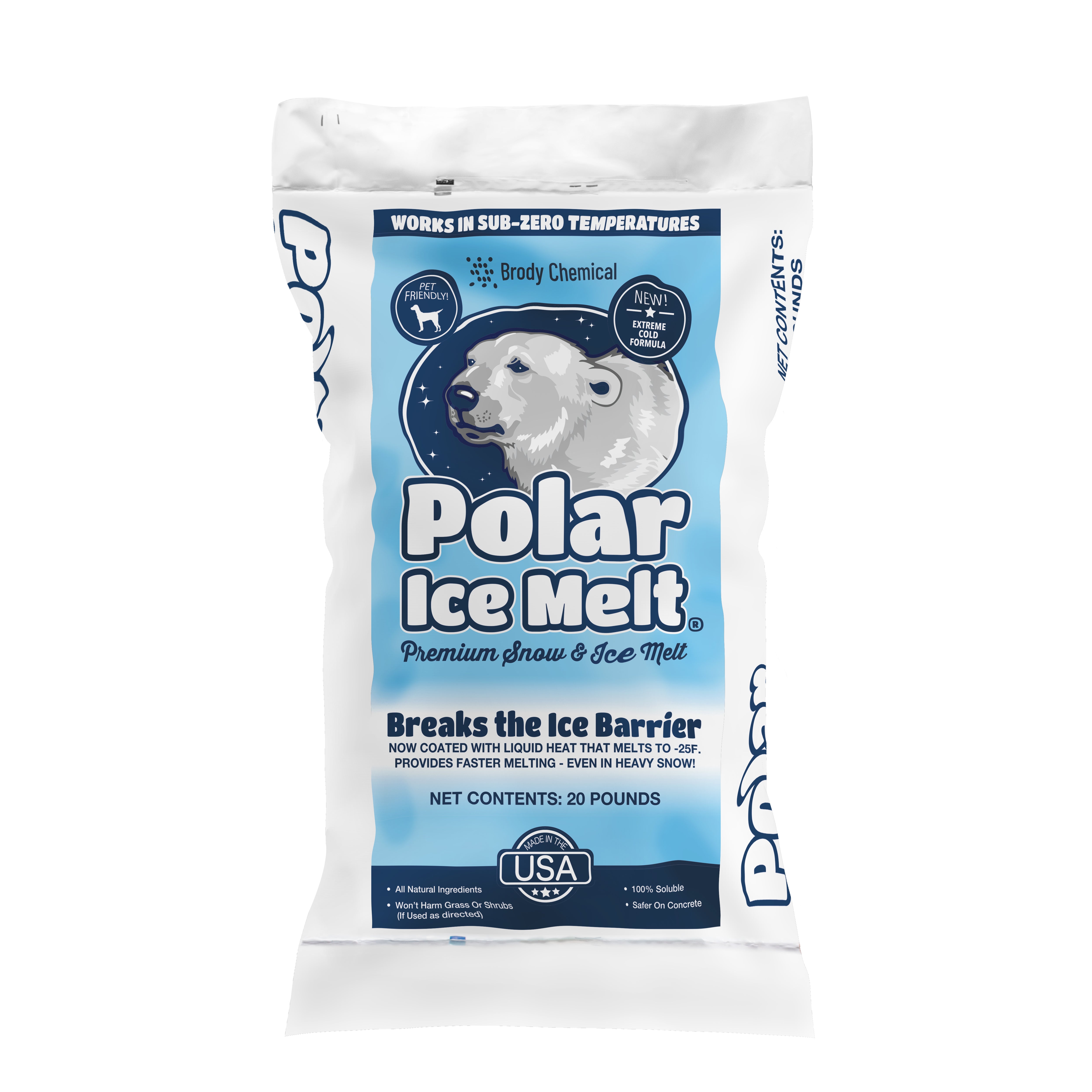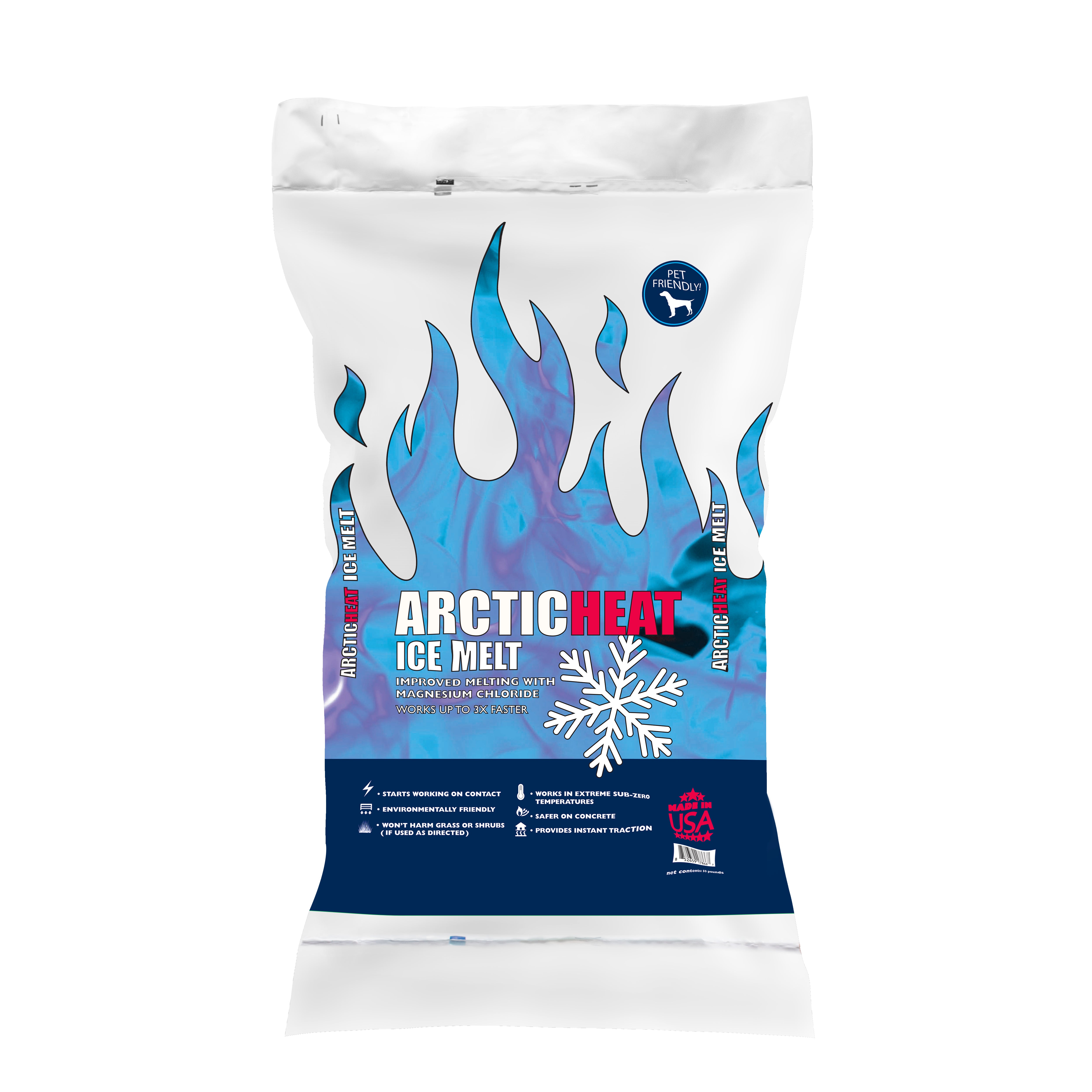Winter throws serious curveballs at property owners everywhere. Ice sneaks onto walkways, driveways, and roads, turning routine tasks into potential disasters. Slip-and-fall accidents spike during icy conditions, creating headaches for homeowners and massive liability concerns for businesses. Chemical ice control offers the most dependable solution to these problems, though picking the right product means understanding what actually happens when chemicals meet ice. Companies like Brody Chemical have spent decades perfecting these solutions because winter safety can't wait for trial and error.
Key Takeaways:
- Ice crystal formation creates dangerous surfaces through specific molecular processes
- Different types of ice formations require targeted chemical approaches
- Chemical deicers work by disrupting ice's crystal structure at the molecular level
- Temperature ranges determine which ice melt chemicals remain effective
- Pet-safe options exist without sacrificing performance
- Proper application timing and technique maximize safety results
What Causes Dangerous Ice Formations to Develop?
How Temperature Fluctuations Create Ice Hazards
Water turns solid at 32°F, but surface temperatures differ wildly from air readings. Concrete holds heat longer than asphalt. Shaded spots freeze while sunny areas stay clear. These inconsistencies catch people off guard every time.
Rapid temperature swings create the worst conditions by freezing water in layers with different densities. Some bond tightly to pavement while others remain deceptively loose.
Why Humidity and Precipitation Patterns Matter
High humidity feeds ice formation with extra moisture, while low humidity creates thin, nearly invisible layers that fool you into thinking surfaces are safe.
Rain followed by freezing temperatures creates thick, stubborn ice. Morning dew freezes overnight, ambushing anyone expecting normal conditions. Wind pushes moisture around unevenly, creating thick buildups in some spots while leaving others clear.
The Molecular Science Behind Ice Crystal Growth
Water molecules lock into hexagonal patterns when they freeze, grabbing onto every crack and bump in pavement surfaces. Once locked in, mechanical removal becomes nearly impossible without chemical help.
Ice grows outward from tiny starting points—dirt, scratches, or impurities. That's why some areas develop thick accumulations while nearby spots stay clear under identical conditions.
Recommendation:
Facing winter's chill? Brody Chemical Snow & Ice Melt products are designed to tackle icy conditions effectively. Whether you're dealing with sidewalks, driveways, or commercial spaces, our solutions ensure safety and reliability.
Explore Now →
What Are the Most Dangerous Types of Ice You'll Encounter?
Frost Formation and Surface Risks
Frost forms when water vapor skips the liquid phase, jumping straight to ice crystals. This creates incredibly slippery surfaces that often go unnoticed.
Steps, railings, and metal fixtures develop frost first, staying cold longer and providing perfect conditions for crystal formation. People underestimate frost because it looks delicate, but it bonds to surfaces just as strongly as thicker ice formations.
The Invisible Threat
Black ice earned its reputation as the ultimate sneak attack. This stuff appears completely transparent, letting pavement colors show through while maintaining deadly slipperiness.
Parking lots, building entrances, and loading docks commonly develop black ice from vehicle exhaust or heating system condensation. The smooth surface offers virtually no traction—your foot expects normal grip but gets nothing.
Rime Ice and Textured Surfaces
Rime ice tricks people with its rough, white appearance. Supercooled water droplets freeze instantly on contact, building textured deposits that look less dangerous than smooth ice but remain treacherous.
Wind accelerates rime formation on vertical surfaces. The texture provides false confidence—people assume rough surfaces offer better traction and drop their guard.
These different types of ice demand specific treatment strategies because their structures and bonding characteristics vary significantly. Understanding these types of ice helps you select appropriate solutions from the complete Snow and Ice Melt product category available from professional manufacturers.
How Do Ice Melt Chemicals Actually Work?
The Science of Freezing Point Depression
Ice melt chemicals lower water's freezing temperature through freezing point depression. When dissolved, these chemicals wedge between water molecules, disrupting the orderly arrangements needed to form solid ice.
Salt concentration determines how low the freezing point drops. More salt pushes the temperature lower, but practical limits exist. Laboratory conditions achieve much lower temperatures than real-world applications.
Crystal Disruption and Brine Formation
Chemical compounds physically interfere with ice crystal development. Dissolved particles wedge between water molecules, preventing the regular hexagonal patterns that create solid ice. This disruption continues as long as enough chemical remains present.
Successful ice control creates liquid brine solutions that work under existing ice. These brines attack the bond between ice and pavement, loosening everything for easier removal. Products like ice beater demonstrate how professional formulations maximize this brine spreading effect.
Ion Concentration and Dissolution Rates
Different chemicals release varying numbers of particles when dissolved, affecting ice-melting power. Compounds that break apart into multiple pieces provide more effectiveness, especially during extreme conditions.
Dissolution speed matters during storms when you need immediate results. Some chemicals dissolve quickly with minimal moisture, while others require substantial water to activate. Temperature affects dissolution rates—warmer conditions speed the process, while extreme cold slows chemical activation.

Which Ice Melter Works Best for Different Conditions?
Standard Salt: Performance and Limitations
Sodium chloride remains the cheapest option for moderate winter conditions. Works reliably between 32°F and 15°F, then becomes essentially worthless regardless of how much you dump on surfaces.
Temperature Performance Ranges:
- 32°F to 25°F: Excellent performance with normal application rates
- 25°F to 20°F: Good results but requires increased product quantities
- 20°F to 15°F: Marginal effectiveness, slow melting action
- Below 15°F: Minimal to no performance
Vehicle traffic helps standard salt perform better by crushing granules and spreading brine across pavement. Sidewalks without regular traffic see reduced effectiveness.
Cost makes salt attractive, but 15°F remains the hard limit regardless of application quantity.
Advanced Liquid Formulations
Liquid ice melter solutions start working immediately because they skip the dissolution phase entirely. These formulations spread evenly, creating consistent coverage and faster response times.
Pre-treatment applications work exceptionally well with liquid products, preventing ice formation rather than fighting existing problems. This provides superior safety outcomes with less total product usage.
Liquid application allows precise control over coverage areas and chemical concentration, eliminating waste from over-application or uneven spreading.
Extreme Cold-Weather Solutions
Brutal winter conditions demand products engineered for sub-zero performance. Polar ice melt keeps working at temperatures where regular salt becomes useless.
These advanced formulations blend multiple active ingredients to achieve extended temperature ranges while controlling costs. Performance consistency matters more than initial cost when liability and safety are concerned.
Pet-Safe and Eco-Friendly Options
Pet friendly ice melter formulations protect animals from paw irritation and digestive problems while maintaining effective ice control. These products typically use magnesium chloride or acetate-based chemistry to reduce harmful side effects.
Pet safe ice melt options have gained popularity as property managers balance safety requirements with environmental responsibility. Facility managers can select the right ice melter for their specific needs and local conditions.
Environmentally Conscious Features:
- Reduced chloride content minimizes vegetation damage
- Biodegradable compounds break down naturally
- Lower corrosion rates protect infrastructure
- Safe for animals and surrounding ecosystems

When Should You Apply Ice Control Chemicals?
Pre-Treatment Strategies for Maximum Effectiveness
Applying chemicals before precipitation prevents ice formation rather than fighting existing accumulations. This proactive approach uses less product while providing superior safety outcomes.
Liquid formulations work best for pre-treatment because they bond to pavement and remain active for extended periods. Timing applications 24-48 hours before storms provides optimal results.
Reactive Application Techniques
Treating existing ice formations demands different strategies focused on penetrating accumulated snow and ice layers. Granular products often work better for reactive applications because they can punch through surface barriers to reach pavement.
Application rates increase significantly for reactive treatments. Breaking existing bonds requires higher chemical concentrations and often multiple applications.
Scraping away loose snow and ice before chemical application allows direct contact with bonded layers, reducing product requirements.
Weather-Based Timing Decisions
Temperature forecasts guide product selection and application timing. Marginal conditions near 32°F allow standard salt usage, while extended cold periods require advanced formulations for reliable performance.
Environmental considerations also influence product choice. Solutions like eco melt balance effective ice control with reduced environmental impact, making them ideal for areas near vegetation or water sources.
FAQ
How do ice melters work?
Ice melter products lower water's freezing point and disrupt ice crystal formation, turning solid ice into manageable slush that can be removed from surfaces more easily.
What is ice melter made of?
Most ice melt chemicals contain chloride-based compounds like sodium, calcium, or magnesium chloride, though acetate-based formulations offer environmentally safer alternatives with reduced corrosion potential.
How to use ice melter?
Apply before precipitation when possible, follow manufacturer-recommended coverage rates, and focus applications on high-traffic areas where safety remains most critical for preventing accidents.
What ice melter is safe for pets?
Pet friendly ice melter options include magnesium chloride and acetate-based formulations that won't harm animal paws or cause digestive problems if accidentally ingested during grooming.
How to apply ice melter?
Distribute evenly using mechanical spreaders for large areas or by hand for smaller spaces, following manufacturer guidelines for optimal coverage rates and avoiding wasteful over-application.



